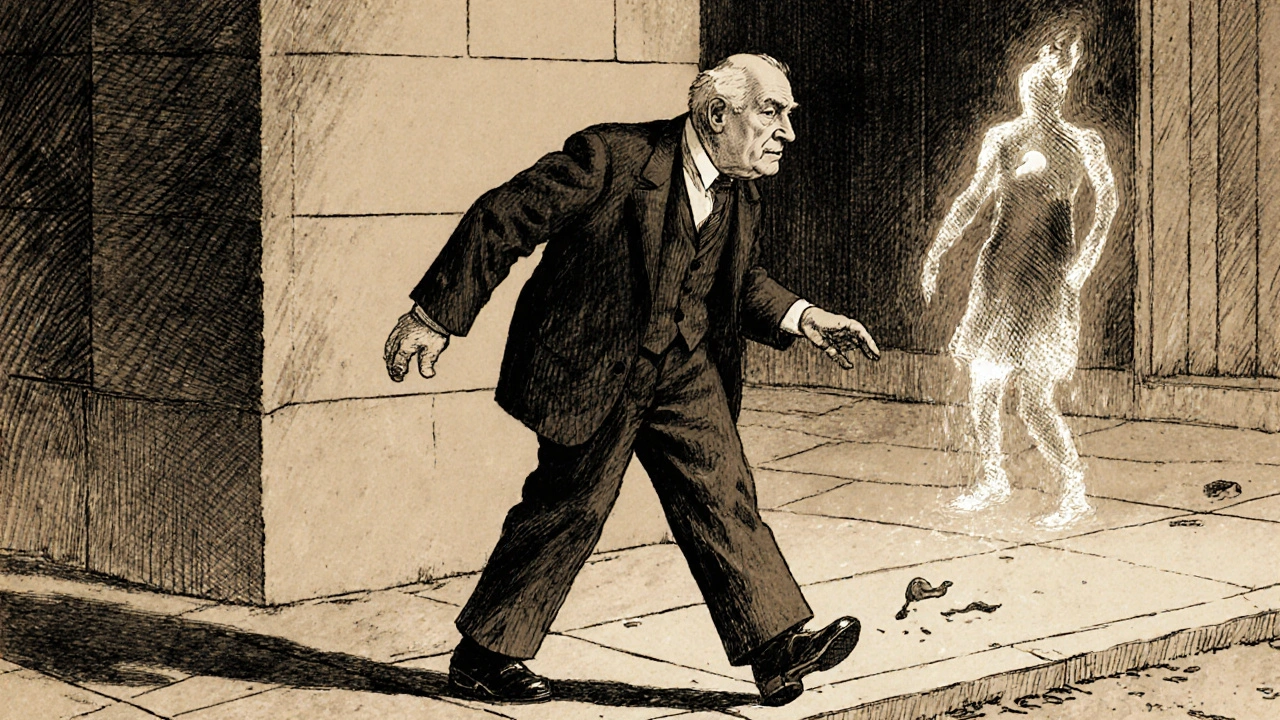Fall Prevention: Simple Ways to Stay Steady and Avoid Injuries
When we talk about fall prevention, the practice of reducing the risk of accidental falls that can lead to serious injury. Also known as fall risk reduction, it's not just about avoiding slips on ice—it's about making everyday spaces safer, improving body control, and knowing when to use help. Falls are the leading cause of injury-related hospital visits for people over 65, but they’re not inevitable. Many happen because of things we can fix—like loose rugs, poor lighting, or weak muscles.
Balance training, exercises designed to improve stability and coordination is one of the most effective tools. Simple activities like standing on one foot while brushing your teeth, walking heel-to-toe, or doing chair yoga can make a real difference. Studies show people who do balance exercises three times a week cut their fall risk by nearly 40%. It’s not about lifting heavy weights—it’s about training your body to react faster when you start to wobble.
Home safety for seniors, modifying living spaces to reduce tripping hazards and improve accessibility is just as important. Think about adding grab bars in the bathroom, removing clutter from hallways, installing motion-sensor lights, and using non-slip mats in the shower. Even small changes like moving your phone or glasses to a spot you can reach without stretching can prevent a sudden lunge that leads to a fall.
Medications can also play a hidden role. Some prescriptions for blood pressure, sleep, or anxiety can make you dizzy or sluggish. If you’ve had a close call or feel unsteady after starting a new pill, talk to your doctor. It’s not always about stopping the med—it’s about adjusting the dose or timing. And don’t ignore your vision. Outdated glasses or cataracts can make stairs look deeper than they are, or blur the edge of a step.
It’s not just older adults who need to worry. People with diabetes, nerve damage, or even those recovering from surgery can be at risk. mobility aids, devices like canes, walkers, or handrails that support movement and stability aren’t signs of weakness—they’re smart tools. A cane isn’t for when you’re too old to walk alone. It’s for when you want to walk without fear.
The good news? Most falls are preventable. You don’t need expensive gear or a gym membership. You need awareness, small changes, and consistency. The posts below show you exactly how different medications, treatments, and lifestyle choices connect to fall risk—from how certain eye drops affect balance, to how diabetes meds can cause dizziness, to what sun protection can do for your stability when you’re outdoors. You’ll find real examples of what works, what doesn’t, and what your doctor might not tell you.

Older Adults on SSRIs: How to Prevent Hyponatremia and Falls
SSRIs help treat depression in older adults but can cause hyponatremia, leading to dizziness, confusion, and dangerous falls. Learn who’s at risk, what symptoms to watch for, and safer alternatives.
